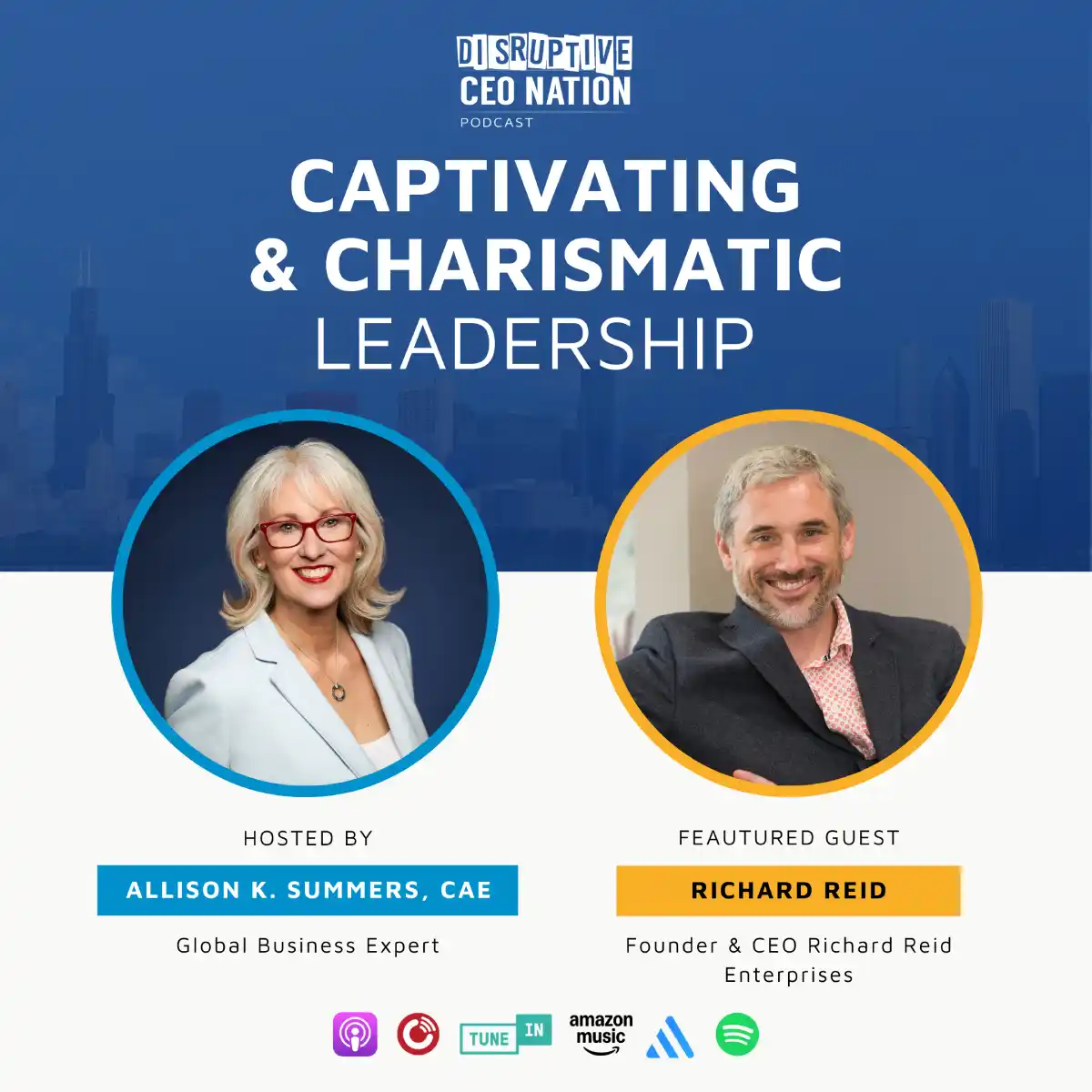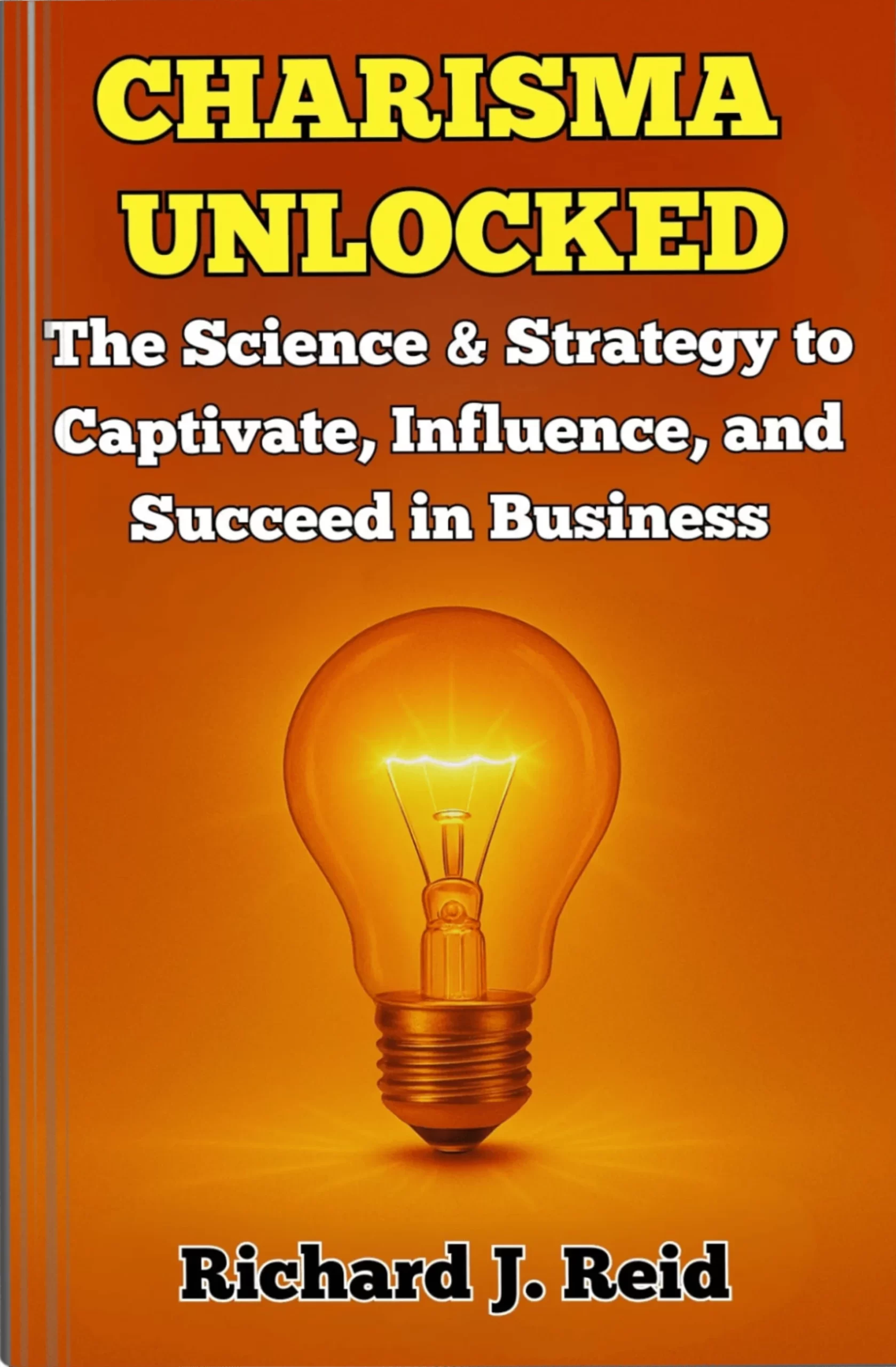Executive Summary
Mergers and acquisitions (M&As) are pivotal business growth and market expansion strategies. However, the success of these ventures often hinges on a factor frequently underestimated: organisational culture. This whitepaper explores the critical issue of culture clashes during M&As and provides evidence-based strategies for supporting employees through these turbulent times. By addressing the human element in M&As, business leaders can significantly improve the chances of successful integration and realise the full potential of their strategic decisions.
Table of Contents
- Introduction
- Understanding Organizational Culture in M&As
- The Impact of Culture Clash on M&A Success
- Key Challenges Faced by Employees During M&As
- Strategies for Supporting Employees Through Cultural Integration
- The Role of Leadership in Managing Culture Clash
- Measuring and Monitoring Cultural Integration
- Case Studies: Successes and Failures in M&A Cultural Integration
- Practical Tips for Entrepreneurs and Business Leaders
- Conclusion
- References
1. Introduction
Mergers and acquisitions have long been a cornerstone of corporate strategy, offering companies the potential to expand market share, acquire new technologies, and achieve economies of scale. However, the track record of M&As is mixed, with many failing to deliver the expected value. A significant factor contributing to this failure rate is the challenge of integrating disparate organisational cultures. Yet, when successful, M&As can bring about significant growth and market expansion.
This whitepaper aims to provide business leaders and entrepreneurs with a comprehensive understanding of the cultural challenges inherent in M&As and equip them with strategies to support their employees through integration. By focusing on the human aspect of M&As, organisations can improve their chances of success and create a more resilient, unified workforce.
2. Understanding Organizational Culture in M&As
Organisational culture, often described as “the way we do things around here,” encompasses a company’s shared values, beliefs, and behaviours. In the context of M&As, culture becomes a critical factor that can either facilitate or hinder integration efforts.
2.1 Defining Organizational Culture
Schein (2010) defines organisational culture as “a pattern of shared basic assumptions learned by a group as it solved its problems of external adaptation and internal integration.” This definition highlights the deep-rooted nature of culture and its impact on organisational functioning.
2.2 Types of Organizational Cultures
Cameron and Quinn’s (1999) Competing Values Framework identifies four main types of organisational cultures:
- Clan Culture: Focuses on collaboration, teamwork, and employee development
- Adhocracy Culture: Emphasizes innovation, flexibility, and risk-taking
- Market Culture: Prioritizes competition, achievement, and results
- Hierarchy Culture: Values stability, efficiency, and clear structures
2.3 The Significance of Cultural Fit in M&As
Research by Weber and Camerer (2003) demonstrates that cultural differences between merging firms can lead to decreased performance post-merger. Their study found that even when participants were aware of cultural differences, they underestimated the impact on joint performance.
3. The Impact of Culture Clash on M&A Success
A culture clash, where the merging organisations have fundamentally different ways of operating, communicating, and making decisions, can have far-reaching and potentially damaging consequences for the success of the M&A. It’s a challenge that cannot be underestimated.
3.1 Financial Implications
A KPMG (2011) study found that 83% of mergers fail to boost shareholder returns, with cultural integration cited as a significant factor. Similarly, Bain & Company research (2018) indicates that companies with effective cultural integration are 1.5 times more likely to achieve cost synergies above the median.
3.2 Employee Productivity and Retention
Culture clashes can lead to decreased employee productivity and increased turnover. A study by Hay Group (2007) found that 68% of employees believe their productivity decreases following a merger, primarily due to cultural issues.
3.3 Innovation and Creativity
When cultures clash, the combined organisation’s creative potential may be stifled. Research by Puranam et al. (2009) suggests that cultural differences can impede knowledge transfer and collaborative innovation in technology acquisitions.
4. Key Challenges Faced by Employees During M&As
Understanding employees’ challenges during M&As is crucial for developing effective support strategies.
4.1 Uncertainty and Job Insecurity
Employees often experience high levels of anxiety and uncertainty during M&As. Schweiger and Denisi (1991) found that providing realistic merger previews can help reduce employee uncertainty and its negative consequences.
4.2 Loss of Identity
Employees may struggle with a loss of organisational identity after a merger. Research by van Knippenberg et al. (2002) highlights the importance of creating a shared identity to facilitate post-merger integration.
4.3 Communication Breakdowns
Different communication styles and channels between merging organisations can lead to misunderstandings and conflicts. Angwin et al. (2016) emphasise the critical role of effective communication in managing employee expectations and reducing resistance to change.
4.4 Power Struggles and Politics
M&As often result in power shifts and political manoeuvring. Vaara (2003) explores how power dynamics can influence the success of cultural integration efforts.
5. Strategies for Supporting Employees Through Cultural Integration
Practical strategies for supporting employees through cultural integration are essential for M&A success.
5.1 Cultural Due Diligence
Conducting thorough cultural due diligence before the merger can help identify potential conflict areas. Stahl and Voigt (2008) propose a framework for assessing cultural compatibility in M&As.
5.2 Creating a Cultural Integration Plan
Developing a comprehensive cultural integration plan is crucial. Marks and Mirvis (2011) suggest a systematic approach to cultural integration, including:
- Assessing current cultures
- Defining the desired future culture
- Identifying gaps and developing action plans
- Monitoring progress and adjusting strategies
5.3 Transparent and Frequent Communication
Open, honest, and frequent communication is vital during M&As. Schweiger and DeNisi (1991) found that a realistic merger preview program significantly reduced employee uncertainty and its negative consequences.
5.4 Employee Involvement and Participation
Involving employees in the integration process can increase buy-in and reduce resistance. Larsson and Finkelstein (1999) demonstrate that employee involvement is positively associated with synergy realisation in M&As.
5.5 Cultural Awareness Training
Providing cultural awareness training can help employees understand and appreciate cultural differences. Barmeyer and Mayrhofer (2008) highlight the importance of intercultural learning in cross-border M&As.
5.6 Retention of Key Talent
Identifying and retaining key talent is crucial for maintaining organisational knowledge and capabilities. Krug and Hegarty (2001) found that top management team turnover negatively impacts acquisition performance.
6. The Role of Leadership in Managing Culture Clash
As business leaders, entrepreneurs, and HR professionals, your role in managing culture clashes and supporting employees through M&As is crucial. Your leadership is needed to navigate these challenges and ensure the success of your strategic decisions.
6.1 Cultural Leadership
Leaders must model the desired cultural behaviours and values. Schein (2010) emphasises the importance of leadership in embedding and transmitting organisational culture.
6.2 Emotional Intelligence
Leaders with high emotional intelligence are better equipped to navigate the complex emotional landscape of M&As. Goleman et al. (2013) argue that emotionally intelligent leaders effectively manage organisational change.
6.3 Creating a Shared Vision
Developing and communicating a compelling shared vision for the merged organisation is crucial. Kotter (1995) identifies creating a vision as a critical step in leading organisational change.
6.4 Building Trust
Trust is essential for successful cultural integration. Stahl et al. (2011) found that trust between merging partners is positively associated with synergy realisation and employee satisfaction.
7. Measuring and Monitoring Cultural Integration
Measuring and monitoring cultural integration progress is essential for identifying issues and adjusting strategies.
7.1 Cultural Integration Metrics
Developing specific metrics to track cultural integration can provide valuable insights. Some potential metrics include:
- Employee engagement scores
- Turnover rates
- Cross-company collaboration levels
- Customer satisfaction ratings
7.2 Pulse Surveys
Regular pulse surveys can help gauge employee sentiment and identify emerging issues. Bersin by Deloitte (2014) recommends using frequent, short surveys to monitor employee engagement during organisational changes.
7.3 Cultural Network Analysis
Analysing informal networks within the organisation can reveal how cultural integration is progressing. Cross et al. (2013) demonstrate how organisational network analysis can be used to understand and facilitate cultural integration.
8. Case Studies: Successes and Failures in M&A Cultural Integration
8.1 Success: Procter & Gamble and Gillette
The 2005 merger between Procter & Gamble and Gillette is often cited as a successful example of cultural integration. Key factors contributing to their success included:
- Extensive cultural due diligence
- Clear communication of shared values
- Retention of key talent from both organisations
- Gradual integration approach
8.2 Failure: AOL and Time Warner
The 2000 merger between AOL and Time Warner is a classic example of a culture clash leading to M&A failure. Issues included:
- Lack of cultural due diligence
- Clash between AOL’s entrepreneurial culture and Time Warner’s more traditional approach
- Poor communication and integration planning
- Failure to create a shared vision
9. Practical Tips for Entrepreneurs and Business Leaders
Based on the research and best practices discussed, here are some practical tips for managing culture clashes in M&As:
- Conduct thorough cultural due diligence before the merger
- Develop a comprehensive cultural integration plan
- Communicate openly, honestly, and frequently throughout the process
- Involve employees in the integration process
- Provide cultural awareness training for all employees
- Identify and retain key talent from both organisations
- Model desired cultural behaviours and values as a leader
- Create and communicate a compelling shared vision
- Build trust through transparency and consistent actions
- Regularly measure and monitor cultural integration progress
- Be prepared to adjust strategies based on feedback and metrics
- Celebrate small wins and milestones in the integration process
10. Conclusion
Culture clashes in mergers and acquisitions present a significant challenge to realising the full potential of these strategic moves. However, by understanding the importance of organisational culture, recognising the challenges faced by employees, and implementing evidence-based strategies to support cultural integration, business leaders and entrepreneurs can significantly improve their chances of M&A success.
The key to managing culture clash lies in a proactive, employee-centric approach that combines thorough planning, effective communication, and adaptive leadership. By prioritising the human element in M&As, organisations can create a more resilient, unified workforce capable of delivering the synergies and value creation that drive these strategic decisions.
As the business landscape evolves, those who master the art of cultural integration in M&As will be better positioned to leverage these strategic tools for sustainable growth and competitive advantage.
11. References
Angwin, D. N., Mellahi, K., Gomes, E., & Peter, E. (2016). How communication approaches impact mergers and acquisitions outcomes. The International Journal of Human Resource Management, 27(20), 2370-2397.
Barmeyer, C., & Mayrhofer, U. (2008). The contribution of intercultural management to the success of international mergers and acquisitions: An analysis of the EADS group. International Business Review, 17(1), 28-38.
Bersin by Deloitte. (2014). Global Human Capital Trends 2014: Engaging the 21st-century workforce. Deloitte University Press.
Cameron, K. S., & Quinn, R. E. (1999). Diagnosing and changing organisational culture: Based on the competing values framework. Reading, MA: Addison-Wesley.
Cross, R., Rebele, R., & Grant, A. (2016). Collaborative overload. Harvard Business Review, 94(1), 74-79.
Goleman, D., Boyatzis, R., & McKee, A. (2013). Primal leadership: Unleashing the power of emotional intelligence. Harvard Business Press.
Hay Group. (2007). Dangerous liaisons: Mergers and acquisitions: The integration game. London: Hay Group.
Kotter, J. P. (1995). Leading change: Why transformation efforts fail. Harvard Business Review, 73(2), 59-67.
KPMG. (2011). A new dawn: Good deals in challenging times. KPMG International.
Krug, J. A., & Hegarty, W. H. (2001). Predicting who stays and leaves after an acquisition: A study of top managers in multinational firms. Strategic Management Journal, 22(2), 185-196.
Larsson, R., & Finkelstein, S. (1999). Integrating strategic, organisational, and human resource perspectives on mergers and acquisitions: A case survey of synergy realisation. Organization Science, 10(1), 1-26.
Marks, M. L., & Mirvis, P. H. (2011). A framework for the human resources role in managing culture in mergers and acquisitions. Human Resource Management, 50(6), 859-877.
Puranam, P., Singh, H., & Chaudhuri, S. (2009). Integrating acquired capabilities: When structural integration is (un)necessary. Organization Science, 20(2), 313-328.
Schein, E. H. (2010). Organisational culture and leadership (Vol. 2). John Wiley & Sons.
Schweiger, D. M., & Denisi, A. S. (1991). Communication with employees following a merger: A longitudinal field experiment. Academy of Management Journal, 34(1), 110-135.
Stahl, G. K., & Voigt, A. (2008). Do cultural differences matter in mergers and acquisitions? A tentative model and examination. Organization Science, 19(1), 160-176.
Stahl, G. K., Larsson, R., Kremershof, I., & Sitkin, S. B. (2011). Trust dynamics in acquisitions: A case survey. Human Resource Management, 50(5), 575-603.
Vaara, E. (2003). Post‐acquisition integration as sensemaking: Glimpses of ambiguity, confusion, hypocrisy, and politicisation. Journal of Management Studies, 40(4), 859-894.
van Knippenberg, D., van Knippenberg, B., Monden, L., & de Lima, F. (2002). Organisational identification after a merger: A social identity perspective. British Journal of Social Psychology, 41(2), 233-252.
Weber, R. A., & Camerer, C. F. (2003). Cultural conflict and merger failure: An experimental approach. Management Science, 49(4), 400-415.










